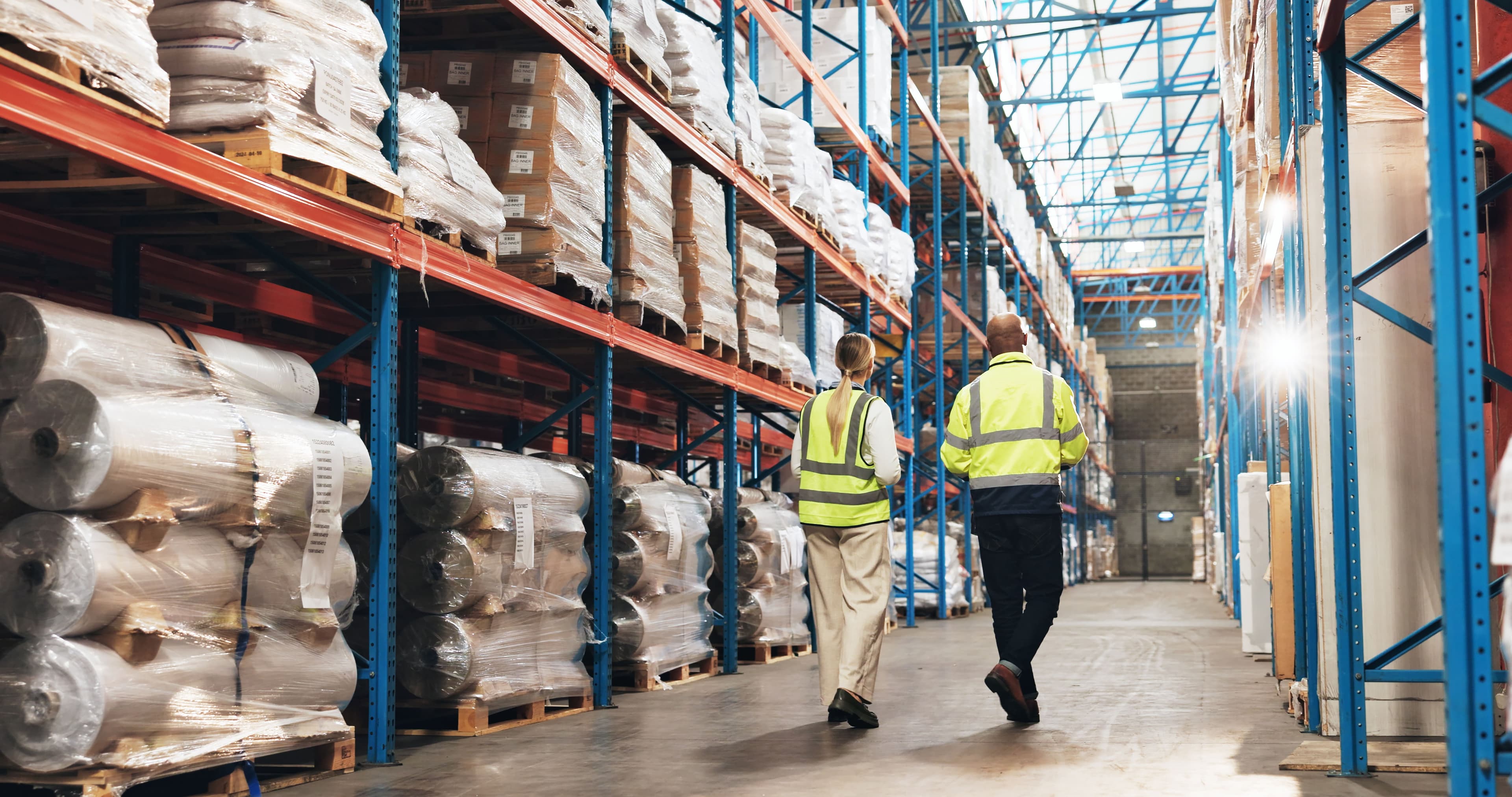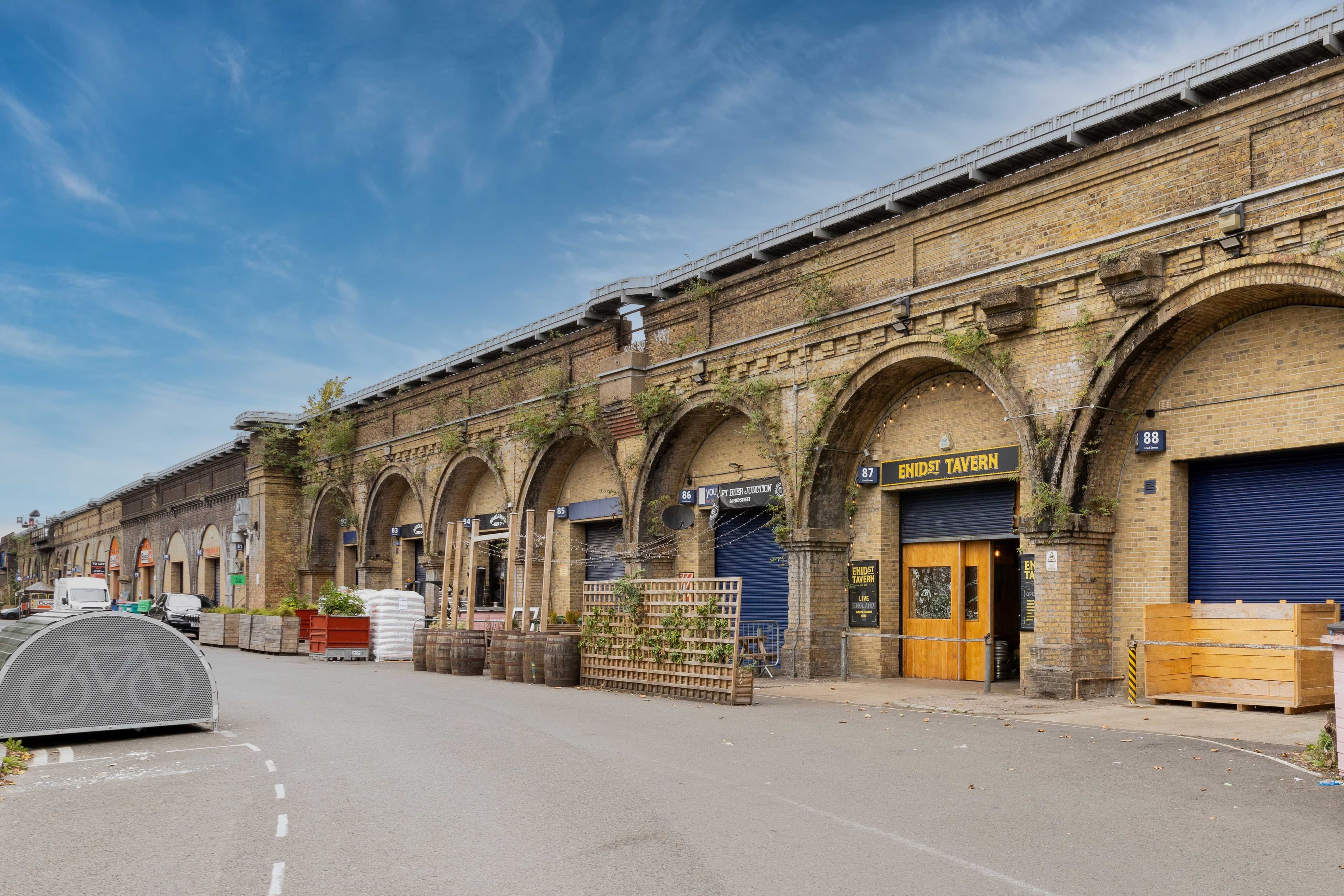How to Rent Light Industrial Space for the First Time: A Simple Guide for Small Business Owners
3rd October, 2025

Renting light industrial space for the first time is an exciting step for any small business. Whether you’re moving out of your home, garage, or simply expanding, finding the right commercial premises can open up new opportunities for growth and success.
Light industrial space includes a variety of units such as workshop space, storage units, and small distribution areas. These spaces are designed to be flexible and practical, making them perfect for many types of small businesses.
Here’s a simple guide to help you take the right steps when renting light industrial space for the first time. It covers important points like business rates, location, and planning regulations to help you make the best choice.
Step 1: understand the types of light industrial space available
Light industrial units come in different forms depending on what your business needs. Common types include:
- Workshop space: great for small manufacturing, repairs, or creative projects.
- Storage space: ideal if you need room to keep stock, tools, or equipment safely.
- Small distribution units: perfect if your business involves packing and sending out goods.
Knowing what type of space suits your business will help you focus your search and find the best fit.
Step 2: choose a location close to your customers
Being near your customers is a big advantage. It can reduce transport costs, save time, and make your business easier to reach. Whether you deliver products or have visitors, a convenient location helps build stronger relationships and encourages repeat business.
Look for light industrial estates or spaces with good road links and easy access to your target market.
Step 3: consider business rates and running costs
Business rates are a tax on commercial properties, and you’ll need to budget for these alongside rent and other expenses like utilities and insurance. Light industrial units often have lower business rates compared to shops or offices, which can help keep your costs manageable.
Make sure you understand all the costs involved before signing a lease, so there are no surprises.

Step 4: check planning regulations
Planning regulations control how commercial spaces can be used. Light industrial units usually fall under specific planning categories, meaning they’re intended for certain types of business activities.
Before you rent, check that your planned use fits within these rules. If you’re unsure, ask the landlord or contact the local council for advice. Following planning regulations helps avoid problems later on.
Step 5: visit several properties and ask questions
Take your time to visit different units and compare what’s on offer. Look at size, condition, parking, loading areas, and security. Ask about any restrictions on how you can use the space.
Choosing the right premises means your business can operate smoothly and grow.
Step 6: get support if you need it
If this is your first time renting commercial premises, don’t hesitate to get advice. Experts can help you understand contracts, costs, and legal requirements, giving you confidence in your decision.
Final thoughts
Renting light industrial space for the first time is a positive move that can help your small business grow and succeed. By understanding your needs, choosing the right location, budgeting carefully, and following planning rules, you’ll find a space that works for you.
At The Arch Company, we specialise in helping small businesses find flexible light industrial spaces like workshops, storage units, and distribution centres. Get in touch today to explore your options and take the next step towards growing your business.
Check out our related blog on 10 easy steps to moving your small business.